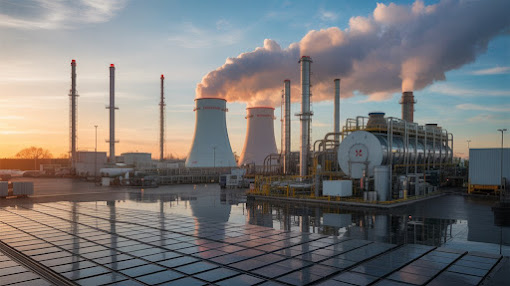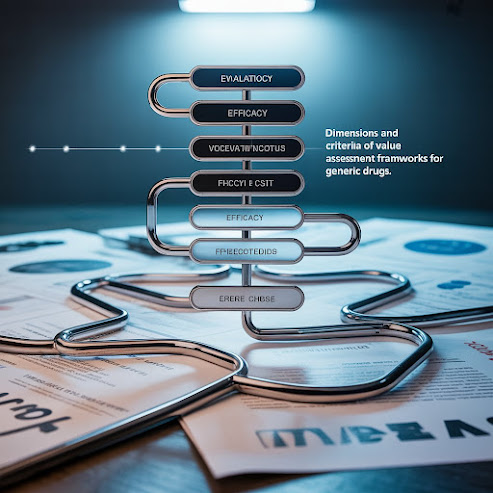Spin Transition Effects on Texture | #TorsionalDeformation #TextureDevelopment #CPO #RotationalDAC #HighPressureExperiments
1. Background and Significance
Understanding the deformation behavior of mantle minerals is essential for interpreting seismic anisotropy and modeling mantle convection and dynamics. Ferropericlase [(Mg,Fe)O], the second most abundant mineral in the Earth’s lower mantle, plays a crucial role due to its mechanical properties, chemical composition variability, and spin transition behavior under high-pressure conditions. Seismic anisotropy in the lower mantle, especially near large low-shear-velocity provinces (LLSVPs), may be linked to crystallographic preferred orientation (CPO) developed in ferropericlase due to plastic deformation. However, the mechanisms and slip systems responsible for CPO at lower mantle pressures (23–136 GPa) are still poorly constrained due to experimental limitations.
2. Experimental Approach
In this study, torsional deformation experiments were performed on (Mg,Fe)O samples with different iron contents using a rotational diamond anvil cell (rDAC), reaching pressures up to 125 GPa and temperatures up to 900 K. Synchrotron X-ray diffraction was used in situ to characterize the evolving crystal texture during and after deformation.
This advanced technique allows the simulation of lower mantle conditions in a laboratory setting while capturing real-time texture evolution, a major challenge in high-pressure mineral physics.
3. Key Findings
-
Dominant Slip System: The experiments revealed that the dominant slip system transitions to the {100} plane under high pressure and moderate temperatures, which contrasts with pure MgO, where {110} slip is more common under similar conditions.
-
Effect of Fe Content: Increased Fe incorporation alters the onset pressure for the transition between slip systems and influences texture sharpness. Higher Fe content promotes {100} slip at lower pressures and enhances texture strength.
-
Strain-Dependent Behavior: Areas with large strain accumulation (e.g., subduction zones, D″ layer) show distinct texture patterns, suggesting that both Fe content and strain history must be considered when interpreting seismic anisotropy.
-
Spin Transition Impact: The Fe spin transition (high-spin to low-spin state) around ~50 GPa influences the deformation mechanism by modifying atomic bonding and volume, affecting the ease of dislocation motion and hence the development of CPO.
4. Implications for Earth Science
The texture and anisotropic properties of (Mg,Fe)O under realistic mantle conditions have profound implications:
-
Seismic Anisotropy Modeling: This study provides experimental support for including Fe-related texture variability in seismic models of the lower mantle, particularly around the D″ discontinuity and LLSVP boundaries.
-
Mantle Rheology: Understanding how slip systems evolve with depth and composition aids in constraining the viscosity and flow patterns within the mantle.
-
Geodynamic Simulations: The experimental results can be integrated into geophysical models to improve predictions of mantle flow and material behavior under extreme conditions.
5. Conclusions
This work demonstrates that (Mg,Fe)O, a key lower mantle phase, develops strong CPO through deformation at high pressure and moderate temperature, with texture characteristics strongly affected by Fe content and strain. These findings emphasize the necessity of incorporating compositionally and strain-dependent behavior of ferropericlase into seismic and geodynamic interpretations of the Earth's deep interior.
#TorsionalDeformation #TextureDevelopment #CPO #RotationalDAC #HighPressureExperiments




Comments
Post a Comment